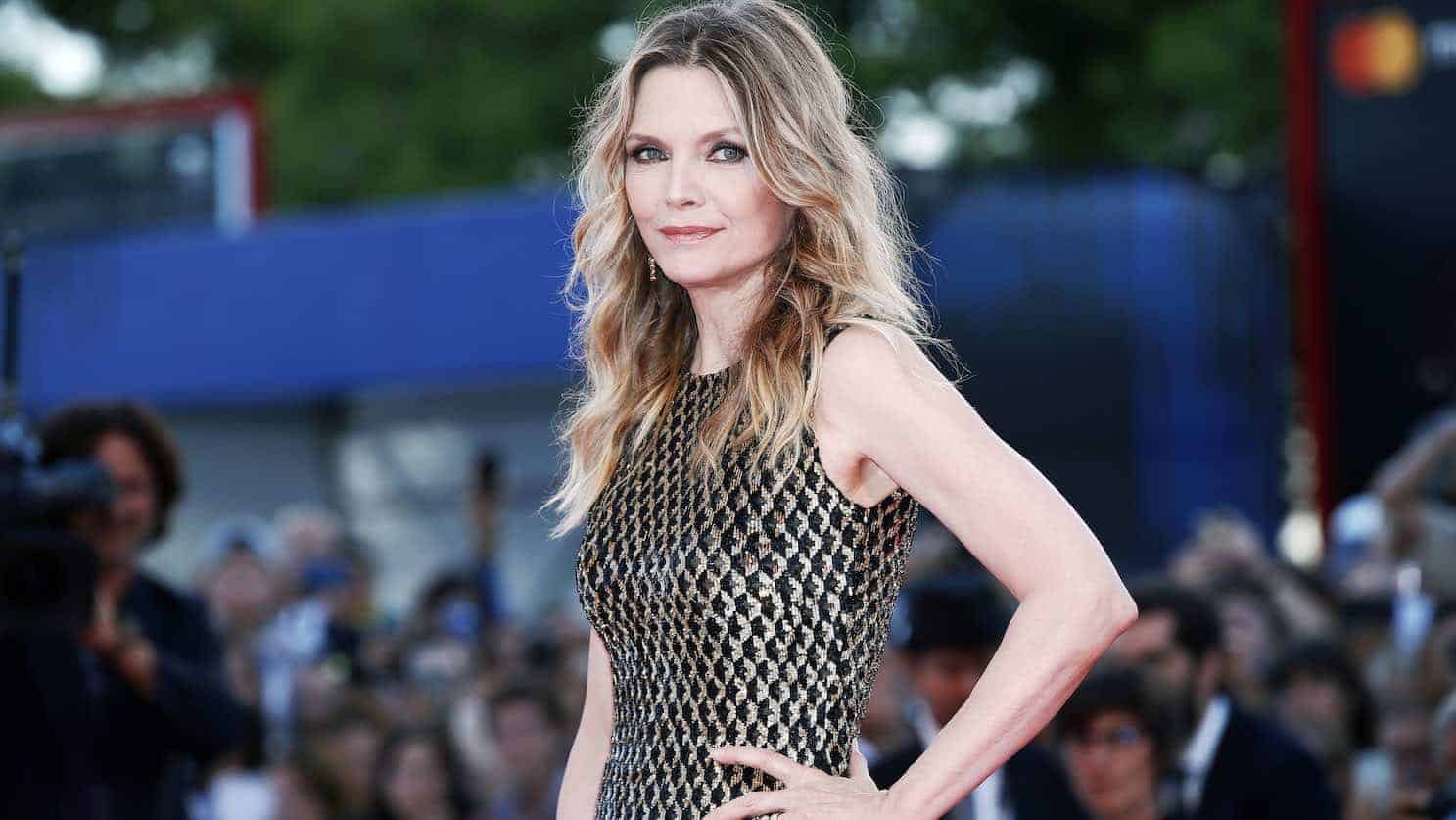When asked ‘which celebrities do you think look the best as a result of having cosmetic treatments?’ participants of the 2012 Annual Survey conducted by the Cosmetic Physicians Society of Australasia (CPSA) voted Michelle Pfieffer the best-looking celebrity to have undergone cosmetic enhancement.
In company with Michelle Pfieffer, Kylie Minogue, Nicole Kidman, Sharon Stone and Jane Fonda were also voted celebrities who have benefited from cosmetic treatments.
When asked “which celebrities do you think look the worst as a result of having cosmetic treatment?” over 71 percent of respondents chose Jocelyn “Cat Woman” Wildenstein. Joan Rivers and Mickey Rourke were considered the second and third worst looking celebrities following their cosmetic treatment. Melanie Griffith, Pamela Anderson and Sophie Monk share the dubious honour of being top scorers in this category also.
Dr Susan Austin of the CPSA, is not surprised that those celebrities who have the most natural appearance following cosmetic treatment are considered the best looking. Dr Austin said, “the reason why Michelle and Kylie have been voted the best looking after having a cosmetic procedure is because they still look like themselves, just more refreshed. Joan Rivers and Mickey Rourke on the other hand, look drastically different from their former selves.”
Dr Austin elaborated, confirming that most of her patients request treatments to make them look like a younger, rejuvenated version of themselves, rather than a different person entirely.
The Cosmetic Physician’s survey reflects that Australians are increasingly embracing cosmetic medicine. More than 65 per cent of respondents in the CPSA survey have undergone one or more non-surgical cosmetic treatment. This is a significant increase from the 29 percent who admitted they had undergone a non-surgical or minimally invasive cosmetic medical treatment in the 2011 survey.
Survey participants felt that wrinkles, development of jowls (or loss of a jaw line) and volume loss in the cheeks and neck, in that order, were the key ageing features for women. For men, predominant ageing factors were thinning hair, wrinkles and loss of jaw line respectively.
According to IBISWorld, Australia’s largest provider of industry-based research, Australians were expected to invest more of their dollars in looking good. This research-based prediction anticipates Australians spending more on anti-wrinkle treatments, lap band surgery, fake tanning and fitness.
Despite more cautious consumer spending overall, IBISWorld business information analysts predicted in a December 2011 press release, that Australians may spend $6.99 billion in 2011-2012 trying to improve their appearance. This equates to approximately $313 per person, an increase of almost 19 percent from the $5.88 billion spent in the 2010-2011 period.
Of the predicted $6.99 billion, over $560 million is expected to be spent on cosmetic procedures. While cosmetic procedures account for just over 8 percent of the total expected expenditure for the period, this reflects projected growth of 25 percent over the previous period. In contrast, other areas of personal improvement such as hairdressing and beauty ($3,792.6 billion), gyms and fitness training ($1,670.7 billion) all have projected growth rates of less than 2.5 percent.
“Working with the CPSA on their annual survey was an interesting experience for us”, says Louisa McKay, Director of Costhetics. “The survey assisted our insight into who is seeking cosmetic enhancement information, and it confirmed our conviction that the provision of qualitative education on the subject is both in demand and vital. Statistics show the demand for cosmetic procedures among Australians is rapidly expanding. Potential candidates for cosmetic enhancement need reliable, accessible information so that they may make informed decisions about non-surgical and surgical procedures.”
“These same sentiments were expressed in the recently issued National Framework Final Report of the Inter-Jurisdictional Cosmetic Surgery Working Group reporting to the Australian Health Ministers’ Advisory Council. They stated, ‘There should be reliable, accessible information available to consumers to assist them in making an informed choice about whether or not to undergo a cosmetic medical or surgical procedure.’”
“The Report observed that Australians at present lack such a source of information.”
“At Costhetics.com.au we are filling that vacuum for visitors to our site. Our mission is to inform and educate people about all aspects of cosmetic enhancement. When you visit Costhetics, you will learn about the pros and cons of any treatment you may be considering. We understand that there are potential risks and complications in any procedure, and we very clearly state this in our articles because we consider that to be part of our responsibility to you. The content on Costhetics derives from respected medical opinions and scientific research sourced from peer-reviewed journals. When we feel some treatments are experimental in nature and may mislead consumers, we do not retreat from our duty to inform in relation to those matters as well.”
